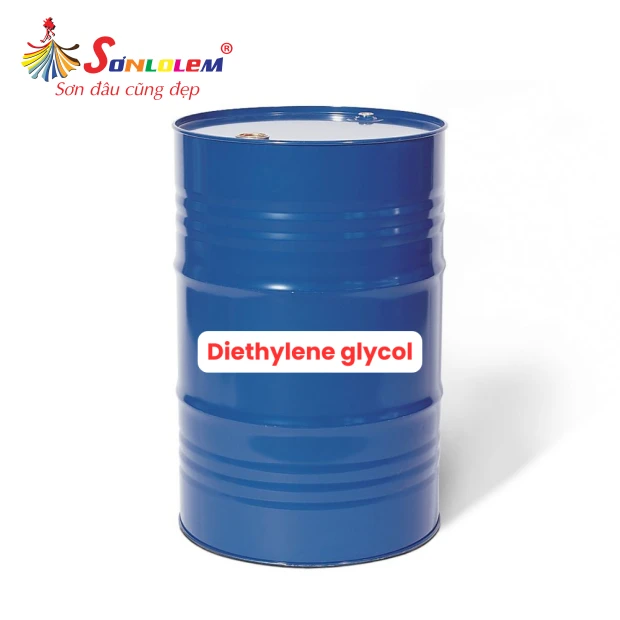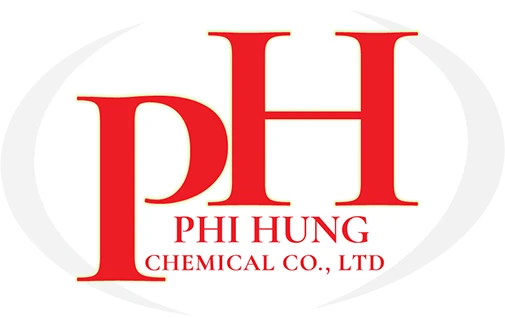

Diethylene glycol
Product Name: DIETHYLENE GLYCOL Solvent (DEG) Specification: Drum 225kg Origin: Indonesia
Product information:
DIETHYLENE GLYCOL (DEG)
Other Names: 3-Oxa-1,5-pentanediol; Bis(2-hydroxyethyl)ether; DEG; 2,2′-Oxydiethanol; Diglycol; Dihydroxydiethyl ether; 2,2′-Dihydroxyethyl ether; Ethylene diglycol; 2,2′-Oxybisethanol; 2-(2-Hydroxyethoxy)ethanol
A. DESCRIPTION
- Diethylene Glycol (DEG) is a clear, colorless, odorless, viscous, and hygroscopic liquid with a slightly sweet taste. Compared to Monoethylene Glycol (MEG), it has a higher boiling point, viscosity, and specific gravity.
- DEG is not considered a significant health hazard when handled under normal industrial conditions. It has low irritation potential and much lower acute and chronic oral toxicity than Monoethylene Glycol.
- DEG is fully miscible with water and many organic liquids. Due to its higher molecular weight, it is considered less volatile than other ethylene glycols. Its reactivity and solubility make it suitable for various applications.
B. PRODUCTION
- Diethylene Glycol (DEG) production depends on Monoethylene Glycol (MEG) demand since DEG is a byproduct of MEG manufacturing. The process involves ethylene oxidation at high temperatures in the presence of a silver oxide catalyst. The resulting ethylene oxide is then hydrated, producing DEG alongside MEG and Triethylene Glycol (TEG).
- The chemical industry aims to maximize MEG production during this process, but DEG remains a valuable byproduct.
C. PHYSICAL AND CHEMICAL PROPERTIES
- Boiling Point: 242-247°C (1013 hPa)
- Density: 1.1184 g/cm³ (20°C) (DIN 51.757)
- Flash Point: 140°C (DIN 51.758)
- Autoignition Temperature: 345°C (DIN 51.758)
- Melting Point: -9°C (DIN 51.583)
- Molecular Weight: 106.12 g/mol
- pH Value: 6-8 (200 g/l, H₂O, 20°C)
- Solubility (20°C): Soluble
- Vapor Pressure: 0.03 hPa (20°C)
D. APPLICATIONS
- DEG is used as:
- A dehydration agent for natural gas
- A raw material in the production of plasticizers and polyester resins
- A humectant and textile lubricant
- A binder and solvent in textile dyeing and printing
- A component in hydraulic fluids
- A plasticizer for paper, bamboo, and synthetic sponges
- A solvent in printing inks
- A raw material for esters used as emulsifiers, demulsifiers, and lubricants
- A selective solvent for aromatics in oil refining
- Diethylene Glycol is widely used in industry:
- In the tobacco industry, DEG’s hygroscopic nature makes it a moisture-retaining agent in cigarette production.
- This property also makes it useful in the paper, bamboo, glue, and cellophane industries.
- It serves as a dehydrant in natural gas processing, removing water from gas pipelines.
- DEG is also used as an intermediate chemical in producing unsaturated polyester resins, acrylate and methacrylate plastics, and urethane. In the U.S. and Western Europe, 51% of DEG consumption is for this purpose.
- In Japan, however, DEG is mainly used as a cement grinding aid.
- It is also used as a solvent in the oil and gas extraction industry and can be found in printing inks and drywall compounds.
- DEG is being replaced by Triethylene Glycol (TEG) in some applications due to TEG’s lower toxicity, making it a more attractive choice for manufacturers.
E. STORAGE AND HANDLING
- DEG can be stored in standard carbon steel containers.
- To prevent contamination, DEG storage tanks should be made of stainless steel (type 304 or 316) or aluminum.
- Precautionary labeling:
- “Diethylene Glycol. For industrial use only. Harmful or fatal if swallowed.”


 Tiếng Việt
Tiếng Việt